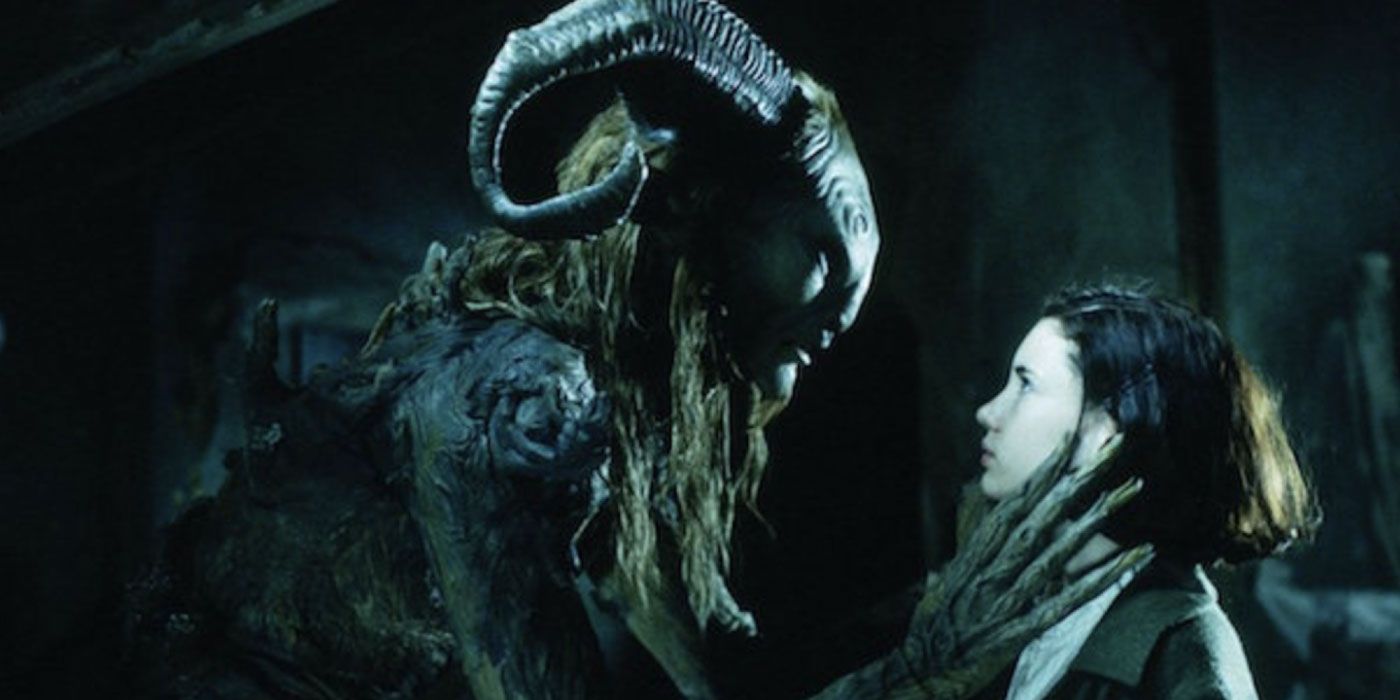What Distinguishes ‘Pan’s Labyrinth’ as Exceptional?
Guillermo del Toro’s Pan’s Labyrinth is a brilliant film that captivates audiences through its remarkable blend of narrative, visual artistry, and profound themes. Premiering in 2006, the movie unfolds in the somber setting of post-Civil War Spain during 1944, contrasting historical realism with a mesmerizing yet dark fantasy world. Several distinctive components set Pan’s Labyrinth apart from other films, both within its genre and across international cinema.
Genre-Bending Narrative Structure
A hallmark of Pan’s Labyrinth is its smooth blending of multiple genres. This movie weaves together elements of drama, historical fiction, fantasy, horror, and fairy tales, crafting a narrative fabric that is both emotionally impactful and thought-provoking. This merging of genres enables the coexistence and interaction between the harshness of the Francoist regime and the enchanting draw of myths. Ofelia, the central character, navigates these two worlds—her journey to maturity is intertwined with a mythical adventure, anchoring the fantasy elements in psychological need rather than mere escapism.
Symbolism and Mythological Connections
The movie is notable for its refined application of symbolism. Del Toro extensively uses mythological archetypes and Spanish folklore, making his narrative profoundly allegorical. For example, the faun—a mysterious character who leads Ofelia—evokes classical myth exactly because it resists simplification into good or bad. The labyrinth is a repeated motif, representing both the intricacies of the human mind and the complex path to self-awareness. The enchanted tasks that Ofelia undertakes mirror her real-world challenges, adding depth to the story that invites multiple viewings and academic discussion.
Visual and Aesthetic Innovations
Pan’s Labyrinth highlights Del Toro’s acclaim for his visual storytelling prowess. The combination of set designs, costumes, and practical effects with CGI results in an immersive environment that appears real amid its dreamlike qualities. Guillermo Navarro, the cinematographer, uses a dark and rich color scheme to blend reality with fantasy, portraying both as equally lively and intimidating. The detailed production elements—such as the eerie abode of the Pale Man or the labyrinth’s textures—enhance a chilling atmosphere that lingers with viewers.
Concepts of Purity, Conflict, and Defiance
The film explores universal themes with unflinching emotional honesty. Innocence, as embodied by Ofelia, stands in stark contrast against the militant cruelty of Captain Vidal, her stepfather, whose character is modeled on the authoritarian archetype. Scenes of visceral violence are juxtaposed with elements of wonder, intensifying the emotional stakes and reinforcing the notion of lost innocence. Moreover, the motif of resistance—both political and personal—underscores the corrupting and redemptive potentials within human nature.
Mature Treatment of Fantasy
Unlike many fairy-tale-inspired films, Pan’s Labyrinth refuses to sanitize the darker aspects of its story. The fantasy realm is not a utopia; its rules are harsh, its denizens unpredictable. By refusing to draw clear lines between villainy and heroism within the magical world, the film treats young viewers as capable of grappling with ambiguity and moral complexity. This elevates the film beyond children’s fantasy, positioning it as a profound meditation on trauma, morality, and the necessity of imagination.
Critical and Cultural Impact
Upon its release, Pan’s Labyrinth received critical acclaim for its originality, earning three Academy Awards and over 100 international accolades. Its cultural resonance is evident in its enduring popularity: the imagery and themes have influenced literature, theatre, video games, and academic discourse. Scholars frequently cite the film as a case study in transnational cinema and magical realism; its approach to national trauma and memory continues to inform debates within film studies.
Guillermo del Toro’s Perspective and Filmmaking Decisions
Central to Pan’s Labyrinth is the distinctive vision of Guillermo del Toro. His profound admiration for creatures, legends, and the overlooked infuses each element of the movie. Del Toro directly illustrated the characters and managed their tangible creation, merging terror with a sense of poignant beauty. This involved technique leads to a universe where all, from the tiniest bug to the giant faun, holds symbolic significance and storytelling function.
Enduring Legacy
The distinctiveness of Pan’s Labyrinth lies in its capacity to function across several dimensions: it serves as a historical allegory, a fantastical journey, and a psychological depiction simultaneously. The movie’s steadfast commitment to visual splendor, heartfelt emotion, and intricate themes secures its position as a major work in modern cinema. By urging viewers to traverse the maze-like boundaries between reality and legend, the film enhances our comprehension of storytelling’s power to address, honor, and eventually rise above the genuine terrors of the past.

